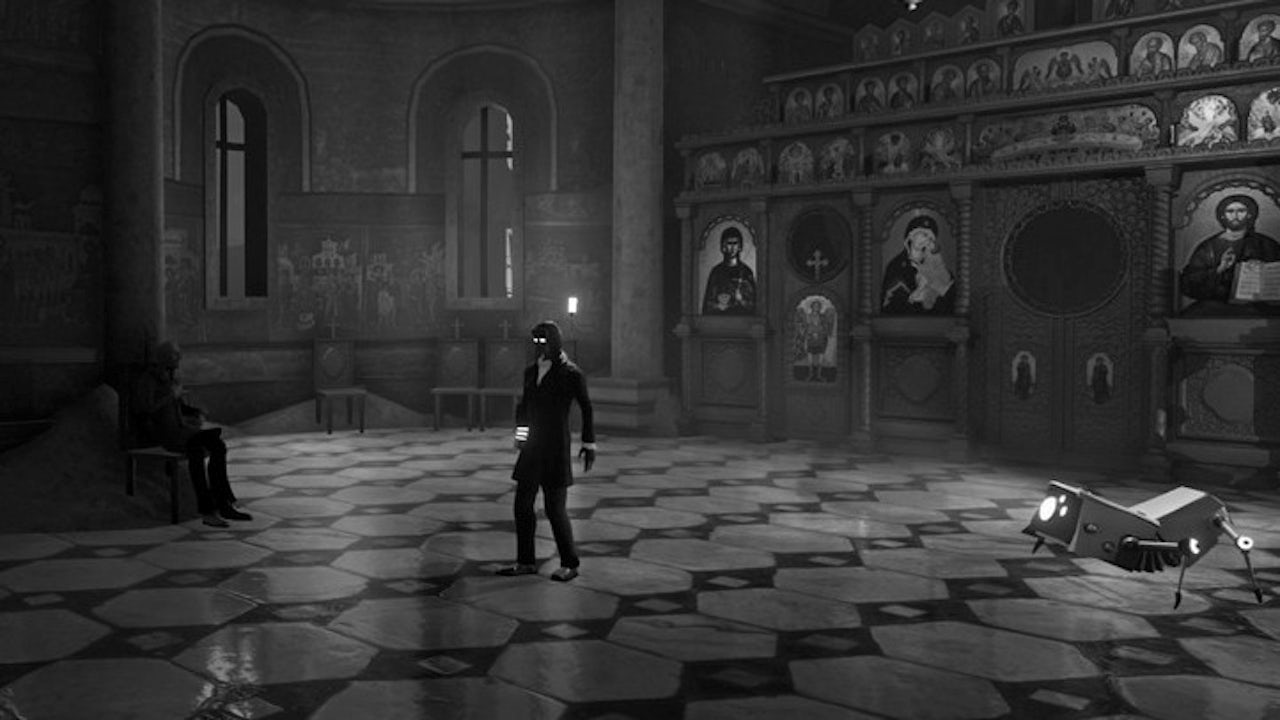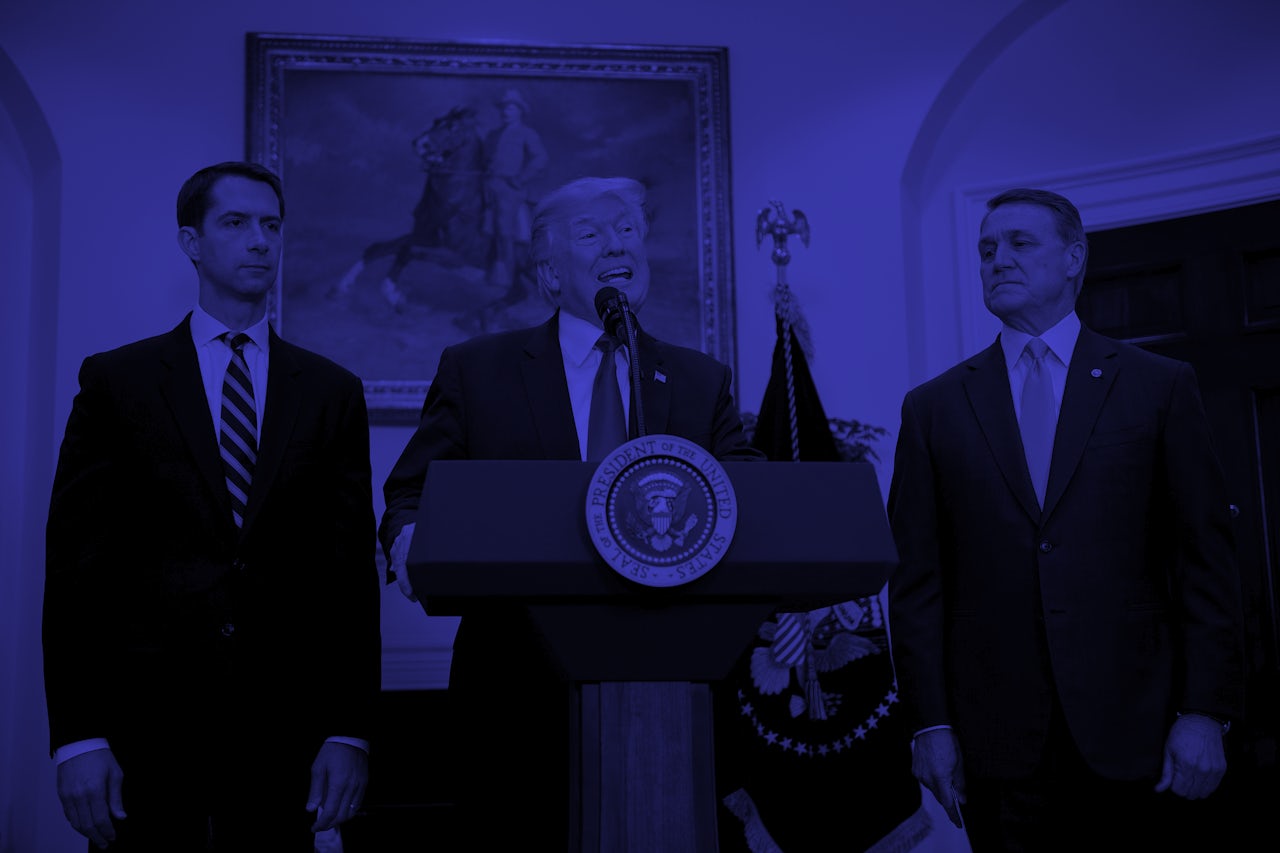Cristian Diaconescu was nine years old during the Romanian Revolution of 1989. Peaceful revolutions had spread across Eastern Europe to end communism, but Romania's became brutally violent, with over 1,000 deaths. He remembers hearing on television that the army had opened fire on protesters in public squares and his mother shuttering the windows in fear. On Christmas Day, dictator Nicolae Ceausescu and his wife, Elena, were tried and executed by a firing squad.
Three decades later, Diaconescu cannot forget life under the Communist Party. Its leader, the isolationist dictator Nicolae Ceausescu, ramped up propaganda, outlawed abortion, and empowered a secret police, creating an atmosphere where people were afraid to speak their minds. The population had to live on food rations, in cold dark apartments, as electricity and heating often cut out. When Diaconescu was a child, oranges were a luxury he only ate at Christmas.
Drawing on these memories, Diaconescu, a game developer, and his team at Sand Sailor Studio in Bucharest created the video game Black The Fall. The game isn’t intended to be historical, Diaconescu said. Instead, it’s a depiction of an oppressive system inspired by his experience. He wanted to convey what it might be like to live under a totalitarian regime or one where citizens suffer human rights abuses.
According to download figures, Black The Fall, which was nominated for best indie title in 2016 at Europe's largest game fair Gamescom, has been popular both in countries that lived under communism and those that didn’t. It has players in the US, Russia, Germany, and Brazil.
I visited Diaconescu at the studio’s one-room office near the center of Bucharest. He picked up the controller and started the game as “Black,” a worker in a nuts and bolts factory whose objective is to find his way to freedom.
“He's humble, dehumanised. He has a bit of energy left, but not much,” Diaconescu said. “We called the character ‘Black’ because that's the word that captures how communism was for us.”
The player has to deceive the guards, manipulate people, smuggle materials, and hide from an organisation that's always watching — things Romanians did before 1989 to survive. “The country was dominated by fear. There was no compassion. No love. Only contempt and violence,” he said.
Although the game is set in a dystopian future, references to Romanian communism, such as Ceausescu's portrait and footage of his speeches, appear throughout. In one scene, Black’s fellow worker is in a secret room listening to Radio Free Europe, a station Romanians used to tune in to illegally to learn what was actually going on in their country. Media was controlled and heavily censored by the state.
“The country was dominated by fear. There was no compassion. No love. Only contempt and violence.”
Romanians spent almost half a century under communism. What set the country apart from others in Eastern Europe is that it was rooted in nationalism, Romanian political analyst Cristian Pirvulescu said.
“To make communism appealing to the Romanian rural society… communists used nationalism,” he said.
“Nationalism reached its peak level [in Romania] in the early 1970s, during the communist leader Nicolae Ceausescu,” Cristian Pirvulescu said. “A similar nationalism that was promoted by the Romanian Secret Police agents is today an inspiration for anti-Europeanism. Almost the same ideological stereotypes are being employed, and the new media helps them spread.” He offered as an example conspiracy theories that were being used by the Romanian Communist Party, and that are now often employed in the E.U. and U.S.
The communist regime under Ceausescu rewrote history to fit their ideology, ignoring significant moments, augmenting others, and adding considerable patriotism and nationalism, saying Romanians were unique or pioneers in different areas. The regime also closed the country's borders, severing connections with the Soviet Union and the West, and kept imports to a minimum, telling people the country could fend for itself.
Romanian communism shattered communities. People didn't trust their neighbors and were reluctant to speak their minds. They feared even their closest friends might work for the Securitate, the secret police. A negative comment about a Communist Party leader could be perceived as an act of insubordination.
“The [communist] regime imposed a system of terror that is hard to imagine for anyone who did not live through it. People thought one thing and said another. To use a psychiatric term, it was a kind of national schizophrenia that lasted for 45 years,” wrote Romanian historian Neagu Djuvara in A Brief Illustrated History of Romanians. “The most tragic consequence of the half-century was that it destroyed our soul.”
Many who played the game while it was under development told Diaconescu there should be a revolution at the end.
He says he didn’t like the idea of turning his character into a hero who leads the rebellion, so he made it happen while Black is in jail. When Black gets released, the revolution is almost over. There's only one small gesture left, that of tearing down the wall. With his last bit of energy, Black takes an armored vehicle and begins to ram it against the wall until it collapses. A Romanian flag flies on the left, with a hole in the middle — the communist coat of arms has been cut out.
Diaconescu, like many locals, believes elements of communism persist in Romania today, including graft. The Romanian anti-corruption agency (DNA) sent 1,270 people to court for high-level and medium-level corruption crimes in 2016 alone. Among them were three ministers, 17 members of the parliament, 47 mayors, 16 magistrates, and 21 national corporation managers.
So after the wall's collapse, Diaconescu created a section of the game still dominated by darkness. As Black runs through water, images from Romania's recent history appear in the background: the violent demonstrations of the early 1990s; the Colectiv nightclub fire in 2015 where corruption and negligence led to the deaths of 64 people; and the massive protests — the largest since the fall of communism — that took place in February this year when the government attempted to decriminalize corruption to enable several high-profile politicians to avoid prosecution. At the time, protesters carrying American and European flags (Romania is a member of the E.U. and of NATO), chanted against the ruling Social-Democratic Party. Sergiu Miscoiu, a professor of political science at Babes-Bolyai University in Cluj-Napoca told the New York Times that the party won the elections “playing a little bit on the populist, nationalist side.”
The last image of the game is a photo of the development team taken during those protests. Diaconescu and his colleagues are shown in front of Victoria Palace, the Romanian government headquarters, supporting democracy and the fight against corruption, showing a #rezist sign.
“The effects the half of century of communism had on Romanians are still felt today,” Diaconescu said. “The game is less about the horrors of communism, than it is about us.”




